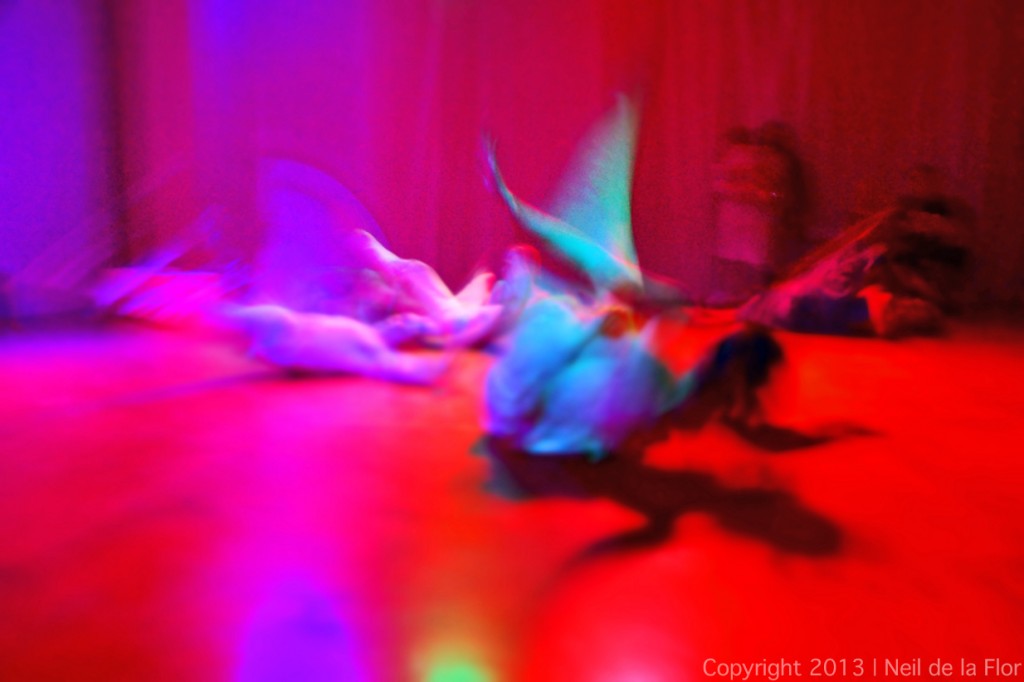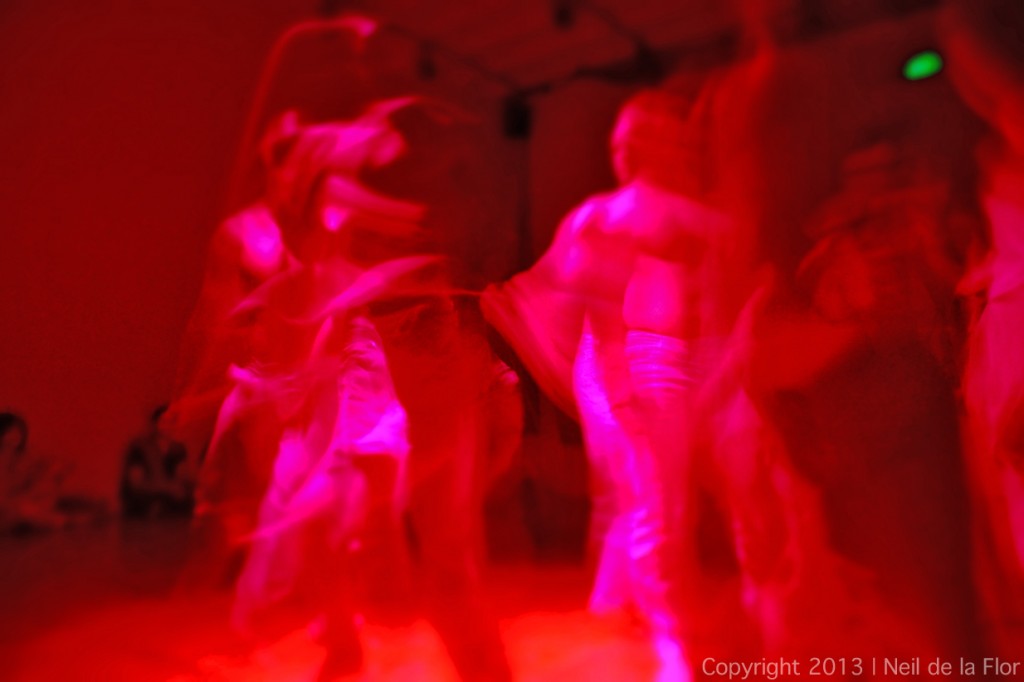
“Qualia,” Marissa Alma Nick & International Dance Day
I’m not a dancer, but I like to dance, and I think I can dance. Yesterday was International Dance Day, and this day was created for me. Well, not really. It was created to honor the birthday of French ballet master Jean-Georges Noverre, whom many consider the father of ballet d’action or modern ballet. Ballet d’action strips away the pomp and circumstance, props and costumes of ballet so that the emotions and expressions of the dancer, not the theatrics, become the point of focus. For Noverre, the dancers’ movements mattered most, even if that meant sacrificing the technical skilled required for a particular dance and/or movement.
Over the last month, I’ve been overwhelmed covering and experiencing a diverse lineup of performances by mostly local, but international choreographers as well, including Marie Chouinard, Brigid Baker, Kota Yamazaki, Pioneer Winter and Ivonne Batanero. I wonder what Noverre would think and say about the state of modern dance. Would he embrace it? Criticize it? Or have nothing to say at all? There’s no way to really tell. All I know is that we can only look back as a point of reference, but sometimes looking back is an impediment to progress because, like Noverre, breaking old tricks means, in some way, turning one’s back on tradition.
“Qualia.” Photo by Neil de la Flor
This weekend I saw Marissa Alma Nick’s “Qualia,” a performance developed during Nick’s month long residency at Inkub8. “Qualia” is a work-in-progress that used dance, dance on film, live music and sensory elements (such as milk, water, popcorn and flowers) to create a narrative constructed on our, or the dancers’, memory of those sensory inputs. As we were forced to physically move around the space to experience the totality of the performance, and even to watch dance on film while the dancers were dancing, the low lighting and shadows made me want to see the emotions and expressions of the dancers in the room. I wanted to see how they felt when they danced. I wanted to strip away their costumes, wipe off their make up, turn up the lights, face them head on and immerse myself in the movements of their gorgeous bodies through space. In the end, “Qualia” achieved two things: it asked the audience to reconsider its role as observer and it asked the observer to reconsider the point and purpose of modern dance in our daily lives.
“Qualia.” Photo by Neil de la Flor
Dance is art that moves through space and time to communicate an emotional, social or purely physical message in a either a spiritual and/or performance setting. For me, when I pretend that I can dance, it’s meditative. It releases me from circumstance and takes me to a qualitative space free from the stress of my endless stream of consciousness. “Qualia” is like that space, a stream of consciousness that occupies the space between the convention and innovation. It’s what experimental dance is and should be–an experiment from which to learn and build from.
Was “Qualia” a success? It’s too soon to say. All I know is that Nick was vulnerable. She walked into the arena and took the audience for a ride. Even if she left us with just silhouettes, they were radiant.
Recent Content
-
Artsarticle ·
-
Artsarticle ·
-
Artsarticle ·


